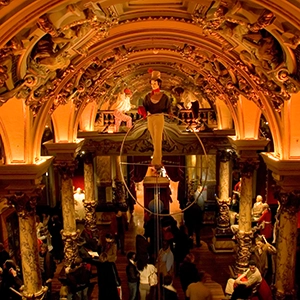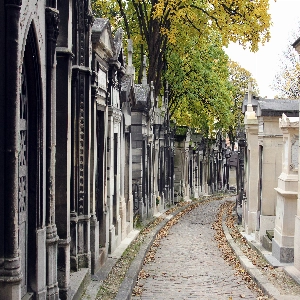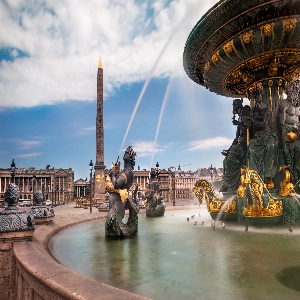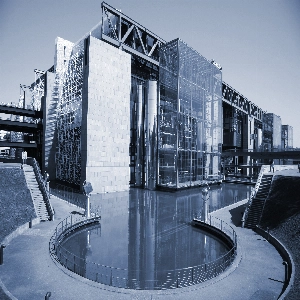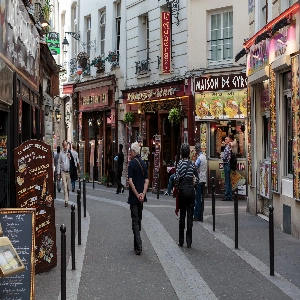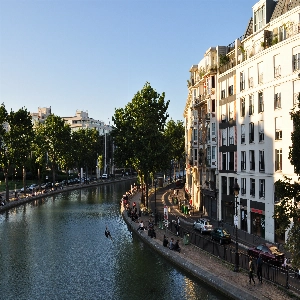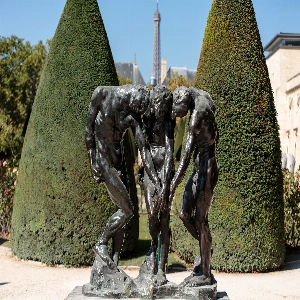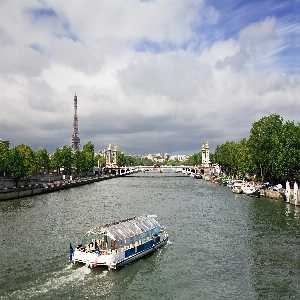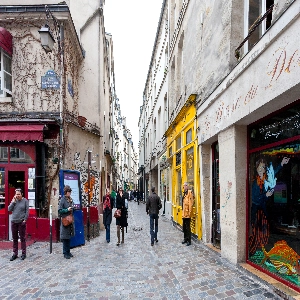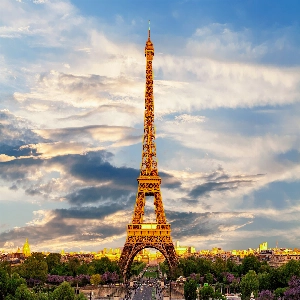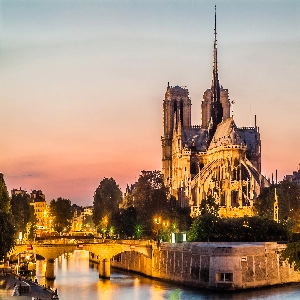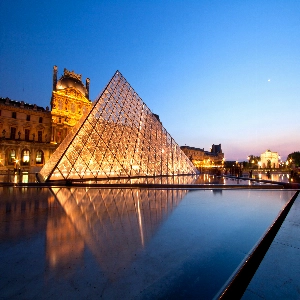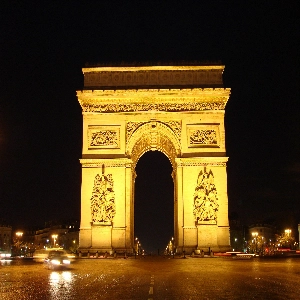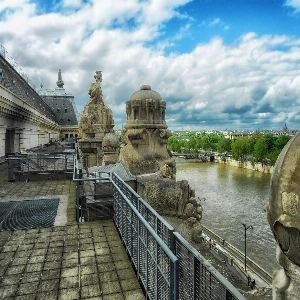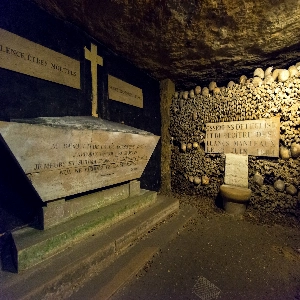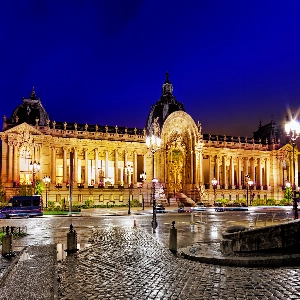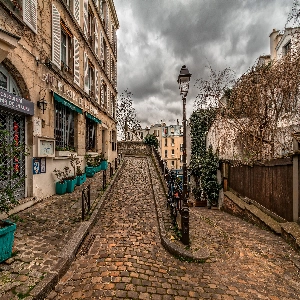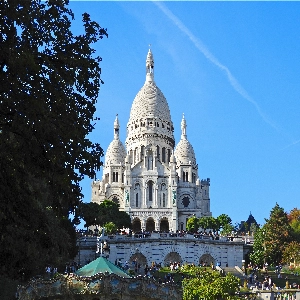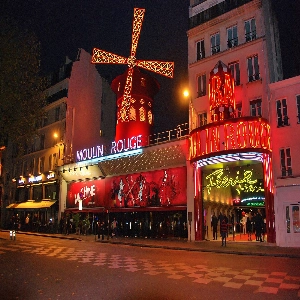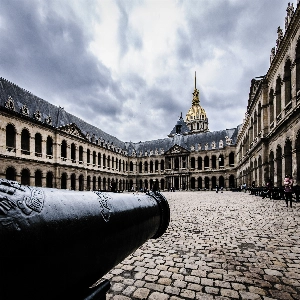The Louvre Palace: A Royal Haven Of Art And History

The Louvre Palace, located in Paris, France, is a historic landmark and a testament to the rich history and culture that shaped the French capital. Often synonymous with its world-renowned museum, the Louvre Palace is so much more than just a home to an extensive art collection. Originally built as a fortress in the 12th century, the Louvre Palace has undergone tremendous transformations over the centuries, serving as a royal residence, an administrative center, and eventually the prestigious museum it is today.
Early History of Louvre Palace
The Louvre Palace was initially constructed by King Phillip II (Philip Augustus) in the late 12th century. It was designed as a defensive fortress to protect Paris from potential invasions. With its massive walls, sturdy towers, and a central keep known as the Grosse Tour (Great Tower), the Louvre fortress adequately fulfilled its primary purpose.
By the 14th century, however, Louvre lost its value as a strategic defense due to the expansion of Paris. The fortress was then repurposed as a royal residence by King Charles V, who transformed the palace with luxurious embellishments and a vast collection of art and books. Despite Charles V's efforts, the Louvre Palace was largely abandoned after his death and fell into disrepair during the Hundred Years War.
Renaissance and Architectural Transformation
The Renaissance period was a turning point for the Louvre Palace, as it began an extensive architectural transformation led by French monarchs. Francis I initiated the renovation of the Louvre by hiring architect Pierre Lescot to demolish the medieval fortress and construct a new Renaissance-style palace in its place. One of the most significant additions during this time was the construction of the Gallery Francis I, which was adorned with frescoes and stuccowork by Italian artists.
Throughout the Renaissance, the successive kings of France added their own touch to the palace. Henry II, for instance, built the Gallery Henri II, featuring a series of large windows with elegant moldings. Catherine de Medici, mother to King Charles IX and wife of Henry II, also contributed by constructing the Tuileries Palace nearby, serving as an extension of the Louvre and providing a direct connection between the two buildings through a long gallery now known as the Grande Galerie.
Louis XIV and the Grand Louvre Project
Louis XIV, also known as the Sun King, had a profound impact on the architectural landscape of France, including the Louvre Palace. He hired renowned architects Louis Le Vau and Charles Le Brun, who worked together on the expansion and beautification of the palace. One of their most iconic contributions was the design and construction of the Cour Carrée, a massive square courtyard encircled by four symmetrical wings.
However, despite his passion for the Louvre, Louis XIV eventually grew discontented with its location in the heart of Paris. He chose instead to focus his attention on the construction of the Palace of Versailles, a magnanimous project that would become the epicenter of French royal power. The Louvre ceased to be the main royal residence, and the death of Louis XIV marked the end of major construction works at the palace.
The Louvre as a Public Art Space
The idea of transforming the Louvre Palace into a public art space was born during the Enlightenment period. As intellectuals advocated for the sharing of knowledge and art, the royal collections were already opened to selected artists and scholars. However, the French Revolution turned that idea into a reality. The revolutionaries believed in granting access to cultural heritage to all citizens. Thus, on August 10, 1793, the Louvre Museum was officially inaugurated.
Initially, the Louvre Museum focused on displaying artwork seized from the royal collections and the French aristocracy. Over time, the collection expanded as it included the spoils of French wars and intentional acquisitions made by French officials. The world-famous Mona Lisa by Leonardo da Vinci, for instance, was acquired by King Francois I in 1519 and has now become one of the most iconic artworks housed in the Louvre.
The Louvre in the Modern Era
Throughout the 19th and 20th centuries, the Louvre Palace maintained its significance as a cultural and artistic hub. In the first half of the 19th century, Napoleon Bonaparte's imperial ambitions sparked new construction works at the Louvre. The emperor envisaged expansive galleries to showcase the contemporary French art and cultural inheritance appropriated from territories conquered during his rule. In recent times, one of the most significant transformations of the Louvre occurred when the French President François Mitterrand initiated the Grand Louvre project in the late 20th century. Its purpose was to expand and modernize the museum, ensuring it remained a prestigious monument on the global stage.
The Grand Louvre project's most notable addition was the construction of the Louvre Pyramid as the museum's central entry point. Designed by architect I. M. Pei of Chinese-American origin, the glass and steel pyramid is a visual masterpiece, blending seamlessly with the surrounding historic architecture while providing a touch of modernity. The Louvre Pyramid, inaugurated in 1989, has since become a recognizable symbol of the museum.
The Louvre Palace is an embodiment of French history and culture, bearing testimony to the transformations that have shaped France's identity over the centuries. From its beginnings as a medieval fortress to its current incarnation as the Louvre Museum, the palace has adapted to the evolving needs of the city and its people. The Louvre remains a symbol of France's continued resilience and dedication to preserving, showcasing, and sharing its cultural heritage with the world.

